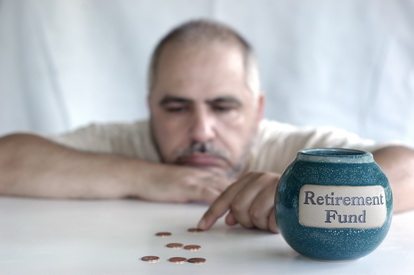Retirement savers have some madcap ideas about how much money they can spend every year before they run out of cash.
The aim is to have a comfortable lifestyle, but that definition varies widely between different savers.
Take the 1,000 savers quizzed about their retirement spending plans by financial firm Fidelity Investments.
One in five considered spending between 10% and 15% of their nest egg would be a good idea, while another one in five though between 7% and 9% would see them through.
That adds up to 40% of savers approaching retirement who would probably see their money run out within 10 years of giving up work, when research predicts an average retirement is likely to last at least 20 years.
Experts can’t agree
And that’s an average, which means many people will live beyond that time, perhaps up to 30 years.
The research looked at how much is the right level of savings to spend each year.
The answer is something the experts cannot agree on.
In the nineties, financial planner William Bengen came up with the ‘4% rule’ that said if a saver spent no more than 4% of their investments each year, the fund should replenish from annual growth.
But that rule was rubbished in the downturn and has been revised down by many financial experts.
Modern thinking suggests a ‘3% rule’ reviewed every year to account for falling stock returns and rising inflation.
Safe pension withdrawal rate
On face value, the difference between 3% and 4% is not a lot, but in financial terms, if a saver has an investment pot of £250,000, 4% produces an income of £10,000 a year, while 3% generates £7,500 a year.
In real terms with inflation averaging 2% a year across retirement, the drop-in spending power over the years is significant.
For small savers with pots of £30,000 or less, the return is a meagre £900 a year at a return of 3%.
Hardly enough money the stuff of retirement dreams of endless holidays and luxury cruises are made from.
Financial planners argue about exactly what is a safe withdrawal rate, but many agree spending in the first decade of retirement will give some idea of sustainable spending over a lifetime.
